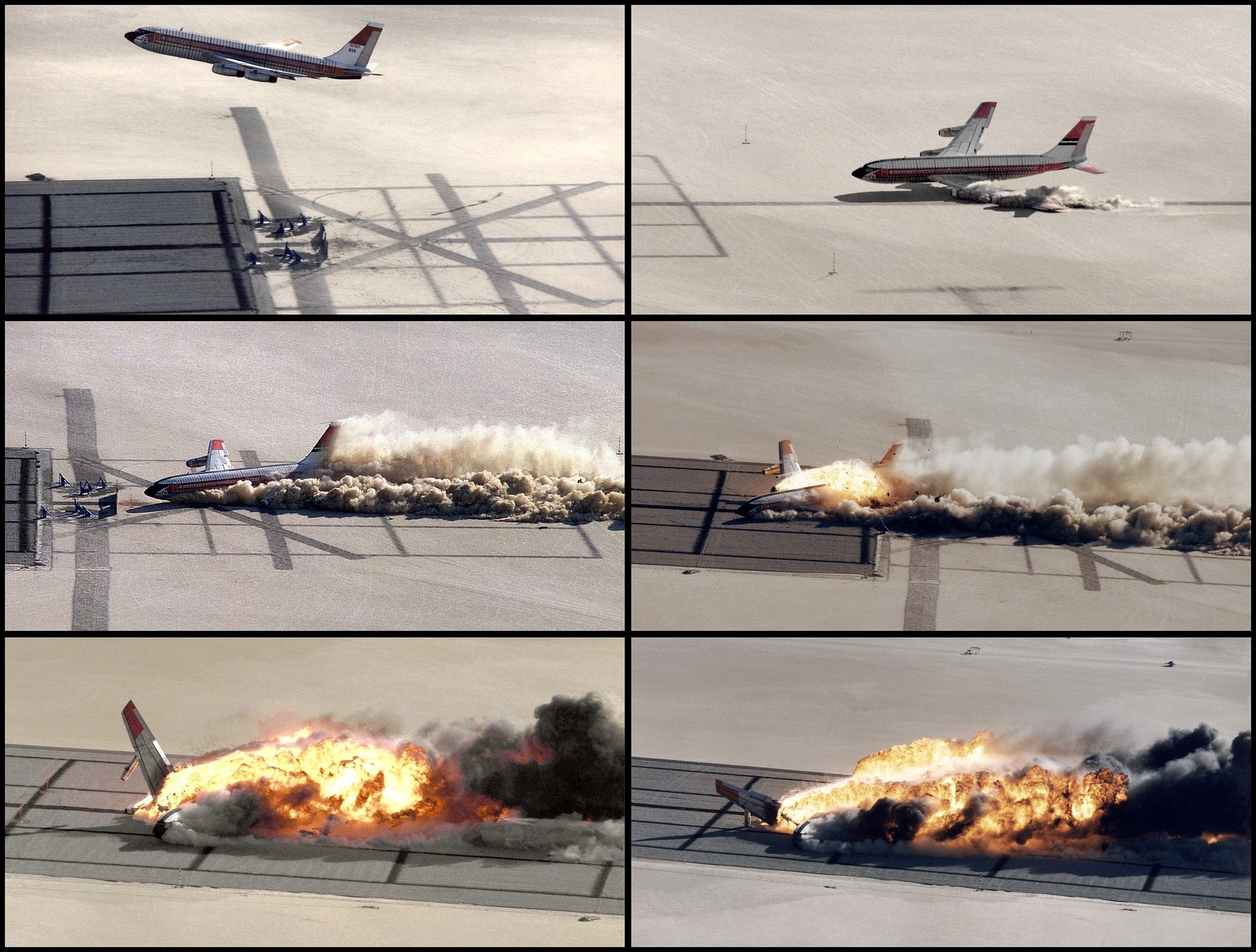On December 29, 2024, a catastrophic aviation accident occurred at Muan International Airport in South Korea, involving Jeju Air Flight 2216. The Boeing 737-800 aircraft, en route from Bangkok to Muan, crashed during landing, resulting in the tragic loss of 179 lives, including a 3-year-old child. This incident marks one of the deadliest air disasters in South Korea’s history.
Flight Details and Crash Circumstances
Jeju Air Flight 2216 departed from Bangkok’s Suvarnabhumi Airport, carrying 175 passengers and six crew members. As the aircraft approached Muan International Airport, air traffic controllers issued a warning about potential bird strikes in the vicinity. Shortly thereafter, the pilot reported an emergency, indicating a malfunction with the landing gear. The plane attempted an emergency landing without deployed landing gear, skidding off the runway and colliding with a concrete barrier, which led to a catastrophic fire.
Casualties and Survivors
Among the 181 individuals on board, 179 were confirmed deceased, making this the deadliest aviation disaster in South Korea since the Korean Air crash in 1997. The victims included predominantly South Korean nationals, along with two Thai passengers. Tragically, a 3-year-old boy was among those who perished. Only two crew members survived the crash, both sustaining serious injuries and currently receiving medical treatment.
Investigation and Possible Causes
Preliminary investigations suggest that a bird strike may have caused the landing gear malfunction. The aircraft received a bird strike warning shortly before the crash, and the pilot issued a mayday call indicating an emergency. Despite the crew’s efforts to execute an emergency landing, the plane’s failure to reduce speed and the subsequent collision with the runway barrier resulted in the fatal crash. Both black boxes have been recovered, and authorities are conducting a thorough investigation to determine the exact cause of the disaster.
Aircraft Information
The aircraft involved was a Boeing 737-800, a model known for its reliability and widespread use in commercial aviation. The specific plane had been in service for 15 years and had no reported maintenance issues prior to the flight. This has led aviation experts to scrutinize the bird strike theory closely, as such incidents, combined with adverse weather conditions, can lead to catastrophic outcomes.
Response from Authorities and Jeju Air
In the wake of the tragedy, Jeju Air’s CEO expressed profound condolences to the families of the victims and pledged full cooperation with the ongoing investigation. The airline has activated emergency protocols to support the affected families and is working closely with aviation authorities to uncover the factors leading to the crash. South Korea’s acting president, Choi Sang-mok, has also committed to a comprehensive investigation and the implementation of measures to prevent such incidents in the future.
Historical Context
This disaster is the most severe aviation accident in South Korea since the Korean Air crash in 1997 and stands as the deadliest commercial aviation accident globally since the Lion Air crash in Indonesia in 2018. The incident has reignited discussions about aviation safety standards and the effectiveness of current measures to mitigate risks associated with bird strikes and equipment malfunctions.
Conclusion
The tragic crash of Jeju Air Flight 2216 has cast a somber shadow over South Korea, prompting mourning nationwide and a rigorous investigation into the causes of the disaster. As authorities analyze the recovered flight data and cockpit voice recorders, the global aviation community awaits findings that could enhance safety protocols and prevent future tragedies of this magnitude.
